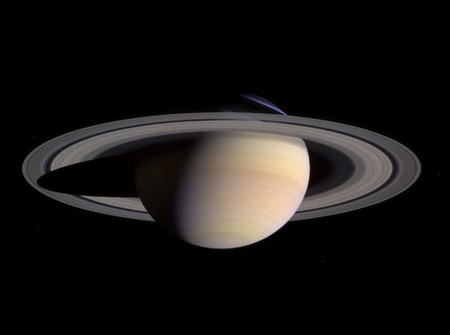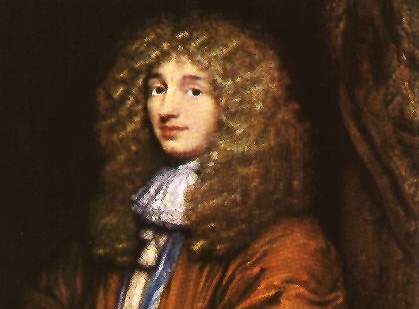3
2009
Who Discovered Saturn
In the same manner that Gemini and most constellations were not discovered, Saturn has no known discoverer, either. Saturn and the rest of visible and partially seen space objects have been known by man since prehistoric times. Saturn’s rings were not seen, until the telescope was invented.
On a clear night Saturn is easily visible in the sky. The ancient Greeks named planet Saturn after their god of time and agriculture. Saturn’s rings were not known until 1655. Galileo saw them first. What he saw first in fact were two humps on both sides of the planet. Christian Huygens later found out they were rings.

How Galileo and Huygens saw Saturn
Galileo set out to study Saturn quite confused. He was not sure whether Saturn was one planet in three or three planets in one. Christian Huygens picked up where he left off. He cleared up the mystery of the rings in 1655. What Galileo mistook for globes Huygens proved to be rings. They did not appear as sharp and distinct as they are seen today, but Huygens was at least correct. Huygens saw Saturn’s largest moon, Titan, in 1655. Saturn’s rings were clearly understood twenty years forward when Domenico Cassini came around. He proposed that Saturn’s rings are broken in many parts.
By 1800 Saturn’s six other satellites were discovered by other unnamed astronomers.
Saturn today
More than 40 of Saturn’s moons have been named since then. But Saturn remains a lethal planet: it is 97% hydrogen, 2.5 % helium, and the rest is ammonia. For its size no one even suspect that Saturn is the least dense of all the planets in the solar system. Saturn is even lighter than water!
New space discoveries are made almost every day. Today, deep space is no longer as mysterious as it was thousands of years ago.

There is an ongoing space mission to Saturn to this day. Spacecraft Voyager has taken close-up images of Saturn and its rings. The photographs reveal the huge gaps between the rings. The gaps are called the Encke Division and Cassini Division. The latest images on Saturn’s moon, Titan, were taken by NASA’s Cassini orbiter. The pictures show that there is organic stuff found on the planet’s surface.
But unlike organic molecules found on a planet like Earth, Saturn’s Titan cannot support any life form. Titan’s temperature is below 180 C. Aside from that, there is no sign of water and oxygen, either. But experts say it is possible that Titan and Earth’s atmosphere may have been the same 4 billions years ago.
Saturn’s companion moons
In 2005 NASA’s Cassini-Huygens mission took a much sharper picture of Saturn’s surface and moons. And this was what it showed: Saturn has other moons that appear like a rubble pile; frequent violent storms on the planet; and a powerful magnetosphere. Saturn’s moons are like giant corks when seen from the spacecraft.
Just when Earthlings thought they have known enough Saturn moons, another small moon was seen about 5 kilometers across. The moon was named Polydeuces, meaning “companion” or “Trojan” moon. This makes Saturn the only planet to have companion moons.

 An article by
An article by 




